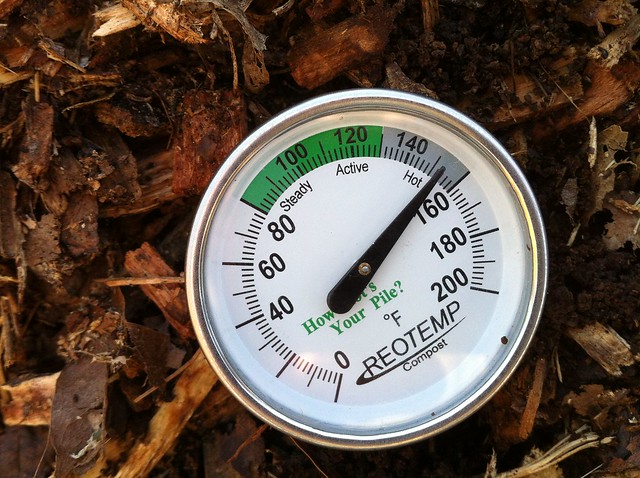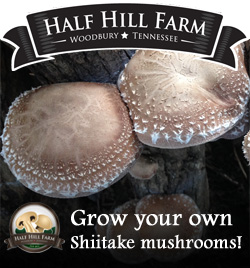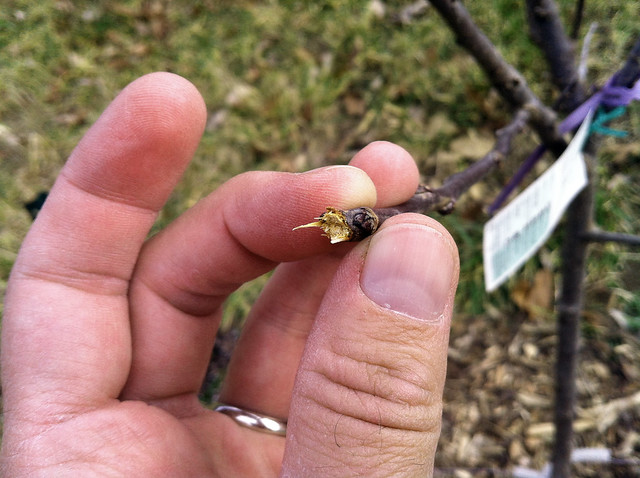
Tim warned me it was just a matter of time before the cute deer became a nuisance. The tips of this winesap (W4) are all nibbled by deer.
I’ve been doing a lot online reading to get ready for this.
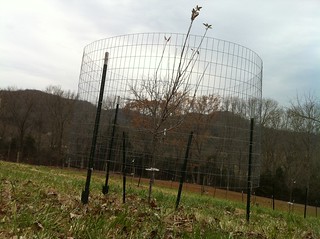 Cage: I’m testing fencing one tree after reading about it and determining it’s probably the most fail safe solution. The problem with it is the cost, labor (work adds up per tree) and the way it looks. But it works. I placed 5 feet tall fence about 2 feet above the ground giving me 7 feet of protection.
Cage: I’m testing fencing one tree after reading about it and determining it’s probably the most fail safe solution. The problem with it is the cost, labor (work adds up per tree) and the way it looks. But it works. I placed 5 feet tall fence about 2 feet above the ground giving me 7 feet of protection.
Contraptions: The next thing I found was something that I still want to try. It’s a solar powered water sprayer that uses infrared motion senors to detect animals and then sprays a burst of water. It’s expensive, but the other problem I see with this and the version that uses a hose is that they can freeze in the Winter.
Scents: This seemed like the most ridiculous category consisting of people swearing by sprinkling human hair, urinating, hanging bags of soap or dirty clothes in the trees. People swear by them probably up until the have to collect this stuff.
Sprays: There are all kinds of sprays, but I’m limited to organic ones. There are plenty of them, but most only last a couple weeks. It’s easy to apply, and it’s also cheaper to make your own. So that’s what I did. I just mixed the following ingredients and used a hand-held sprayer to coat the trees and the blueberry bushes. I’ll probably do it regularly and see how it goes.
- 3 gallons of water
- 5 tablespoons of ground cayenne pepper
- 4 eggs whites
Smokehouse: I’m not giving up on this option. We’d have plenty of turkey and venison.
UPDATE 12-6-12: It rained the day after the first application and I saw fresh damage by deer to two more trees. It looks like we’re going to cage them.
UPDATE 12-10-12: After finding significant evidence of damage the day or two after application of the cayenne pepper concoction, including one of several damaged blueberry bushes literally ripped from the ground, we caged all the apple trees and purchased a solar-powered electric fence for the blueberries.
My thinking on scents and taste deterents is that consumers are easily tempted to want to out smart deer with these products, but if you are serious about protecting your orchard you’ll fence your trees and bushes. So, do it right the first time.




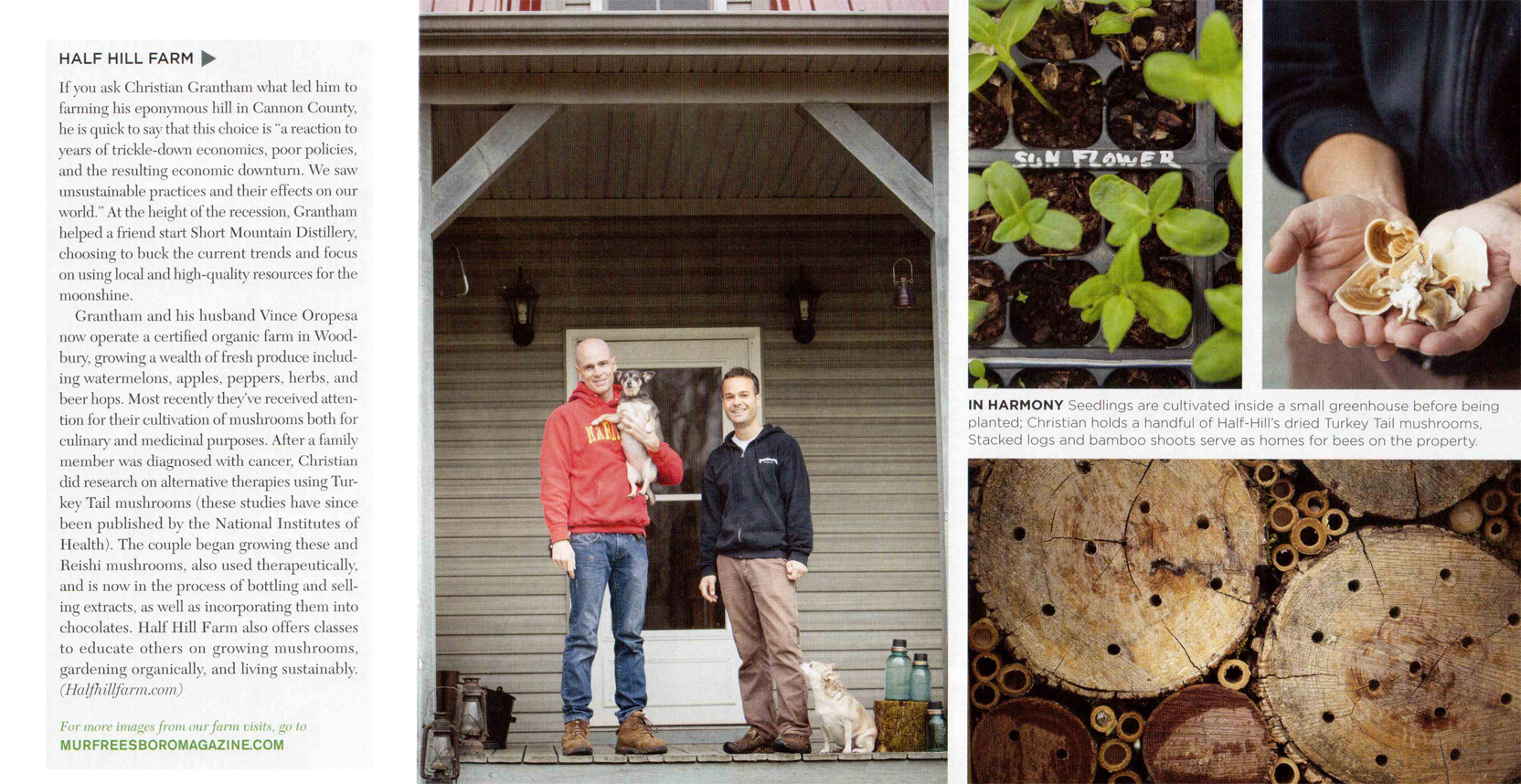

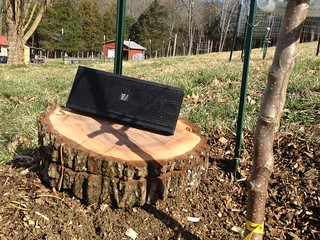 We had just enough for the ten trees. The compost looks good, but I’m sure our next batch will be even better now that we’re able to process the carbon inputs with the chipper.
We had just enough for the ten trees. The compost looks good, but I’m sure our next batch will be even better now that we’re able to process the carbon inputs with the chipper.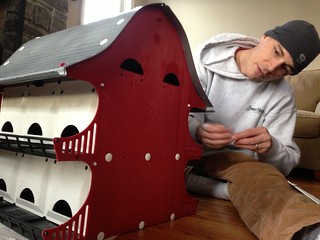 Part of our organic farm’s integrated pest management plan calls for the use of hosted beneficial birds as natural predators. Earlier this week I asked a couple of friends and folks at the
Part of our organic farm’s integrated pest management plan calls for the use of hosted beneficial birds as natural predators. Earlier this week I asked a couple of friends and folks at the 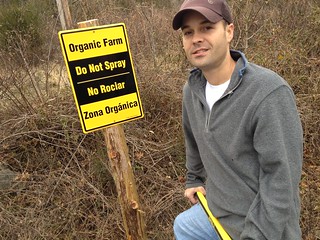 I didn’t know what to expect working with local utilities to prevent drift from chemical management of right of ways onto our organic farm.
I didn’t know what to expect working with local utilities to prevent drift from chemical management of right of ways onto our organic farm. 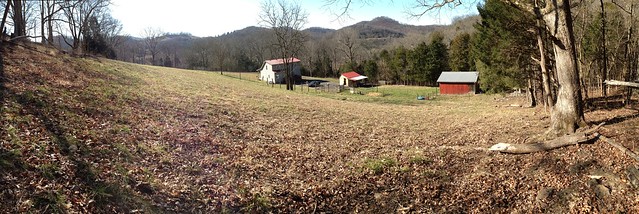



 Cage: I’m testing fencing one tree after
Cage: I’m testing fencing one tree after 